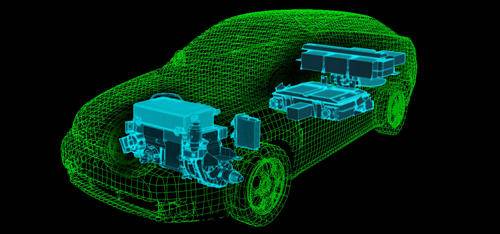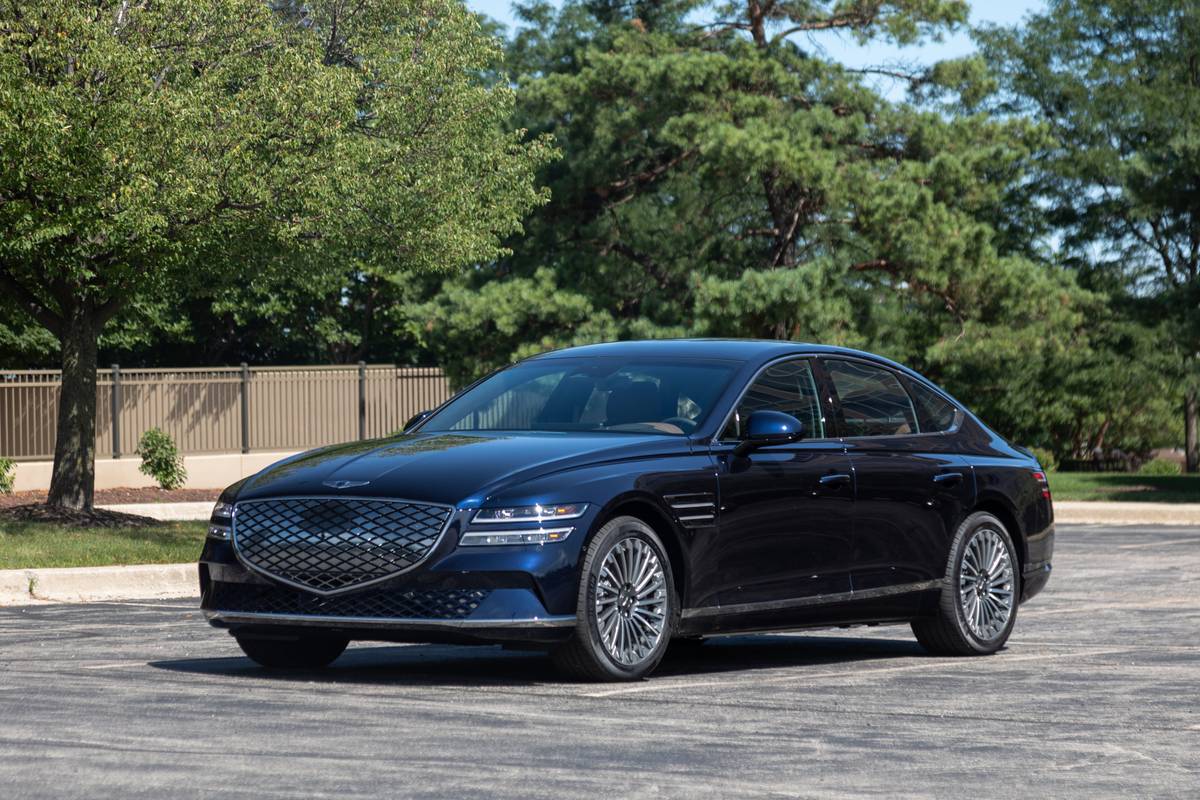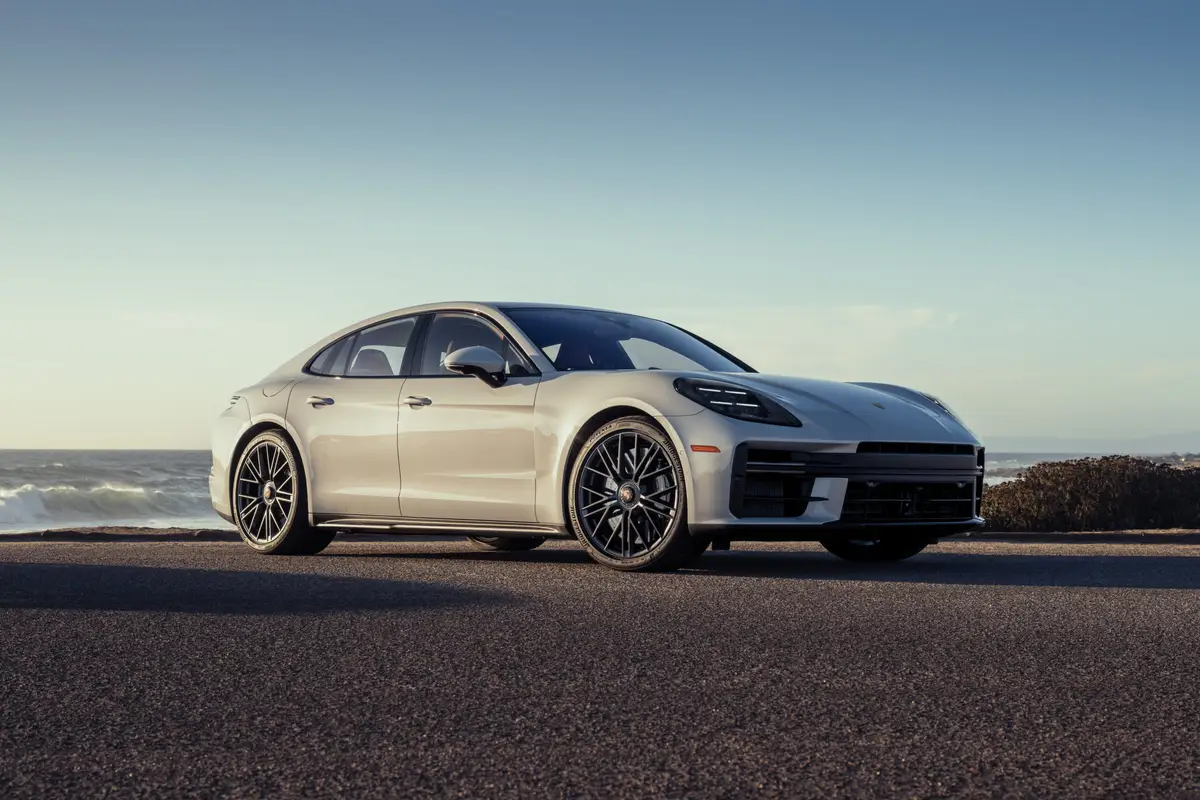Electric Ford Focus in 2011: What it Means


As we reported yesterday, we now know that Ford has made official its plans to build an electric Ford Focus in 2011. Perhaps most notable is that Ford could be the first automaker in the U.S. to mass-market a pure battery-electric passenger car — and a “real” one, meaning a compact car rather than the type of small commuter cars Toyota has planned for 2012 and Mitsubishi is investigating for compliance with U.S. regulations. Nor is it a $100,000 limited-run sports car like the one being sold by Tesla.
Nissan has promised a plug-in electric, but its current plans call for fleet use starting in 2010 and public sale in 2012. Chrysler’s ENVI group has shown a prototype plug-in electric along with some plug-in hybrids equipped with onboard generators, but it’s hard to imagine Chrysler being in position to beat anyone to market with the technology should it emerge successfully from Chapter 11. Due to battery costs alone, purely electric cars are unlikely to be profitable in their first generation — let alone profitable enough to help an automaker get back on its feet. Though Chevrolet’s Volt is scheduled for sale late in 2010, it’s a range-extended plug-in electric car — technically a hybrid — that will retail as high as $40,000.
Nissan and Ford promise to, uh, focus on affordability. Don’t count Honda out, though. The hybrid pioneer has a history of springing technology on us without talking about it ahead of time. GM had been promising the return of cylinder deactivation for years when Chrysler’s Hemi V-8 and Honda’s V-6 beat them to it.
The announcement sends another positive, multi-tiered message from Ford: Sure to please the UAW and Americans in general, Ford is keeping Focus production in the country, and doing so at a truck plant that might otherwise represent lost jobs. If the market returns to small cars, there’s an opportunity for more significant export business — especially for the 2010 Focus, which is a global car rather than the watered-down version we’ve had stateside since its debut. The half-billion-dollar investment will result in flexible manufacturing that’s even more modern than the manufacturing of the current Focus at the nearby Wayne Assembly Plant. That should help Ford match production to market demand, which is key to profitability. Unfortunately, Ford announced that reopening the assembly plant will take workers straight from Wayne to man the lines producing the new Focus.
Even if the electric Focus isn’t a money-maker initially, it’ll grab a lot of the attention currently directed at (and arguably wasted on) Tesla, whose sole product to date is too expensive and inflexible for consideration from buyers driven by environmental considerations. Being early to the party has been beneficial to Honda and Toyota, and if Ford hits the market first with an affordable, versatile battery-electric, it will enjoy returns on its investment beyond whatever profit each car can bring in.

Former Executive Editor Joe Wiesenfelder, a Cars.com launch veteran, led the car evaluation effort. He owns a 1984 Mercedes 300D and a 2002 Mazda Miata SE.
Featured stories

This or That: 2026 Honda Passport TrailSport Elite Vs. 2025 Toyota 4Runner TRD Off-Road Premium


2025 Porsche Panamera GTS Review: Continental Cruiser

